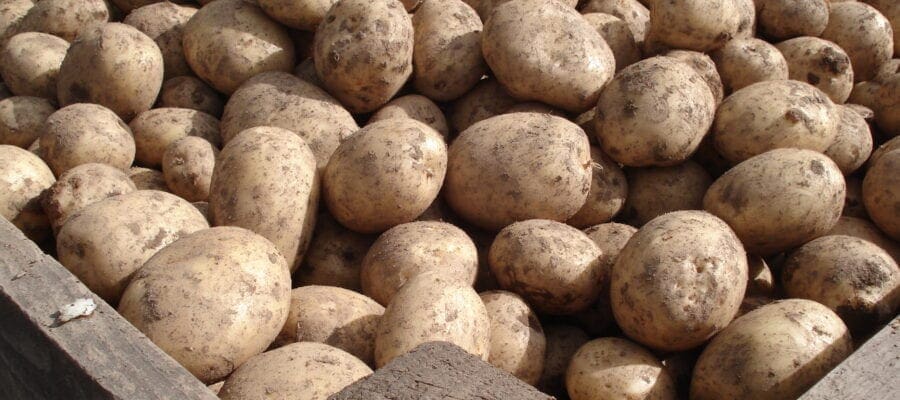For the past 60 years, a ‘Smith Period’ has been the determiner of high risk of potato blight – but last month new criteria were revealed which aim to improve the accuracy of late blight warnings. Arising from research at the James Hutton Institute, the Hutton Criteria are said to be a significant advance on the Smith Period, which was developed in 1956.
PhD student Siobhán Roísín Dancey, in collaboration with supervisors Peter Skelsey and David Cooke, examined relationships between reported outbreaks and recorded Smith Periods, and discovered that a lower risk threshold is now required. In recent seasons, blight has been found on crops before a Smith Period had been recorded. Putting the findings to the test against over 2,000 historic reports of potato late blight outbreaks, the new Hutton Criteria demonstrated a significant improvement in predicting blight outbreaks. The plan is to use the new criteria for blight alerts from 2017 onwards.
A Smith Period is two consecutive days:
1. Each with a minimum temperature of 10°C
2. Each with at least 11 hours with relative humidity ≥ 90%
The Hutton Criteria is two consecutive days:
1. Each with a minimum temperature of 10°C
2. Each with at least six hours with relative humidity ≥ 90%
Find out more at http://www.hutton.ac.uk/news/hutton-criteria-potato-late-blight-risk-analysis-unveiled-ahdb-conference











